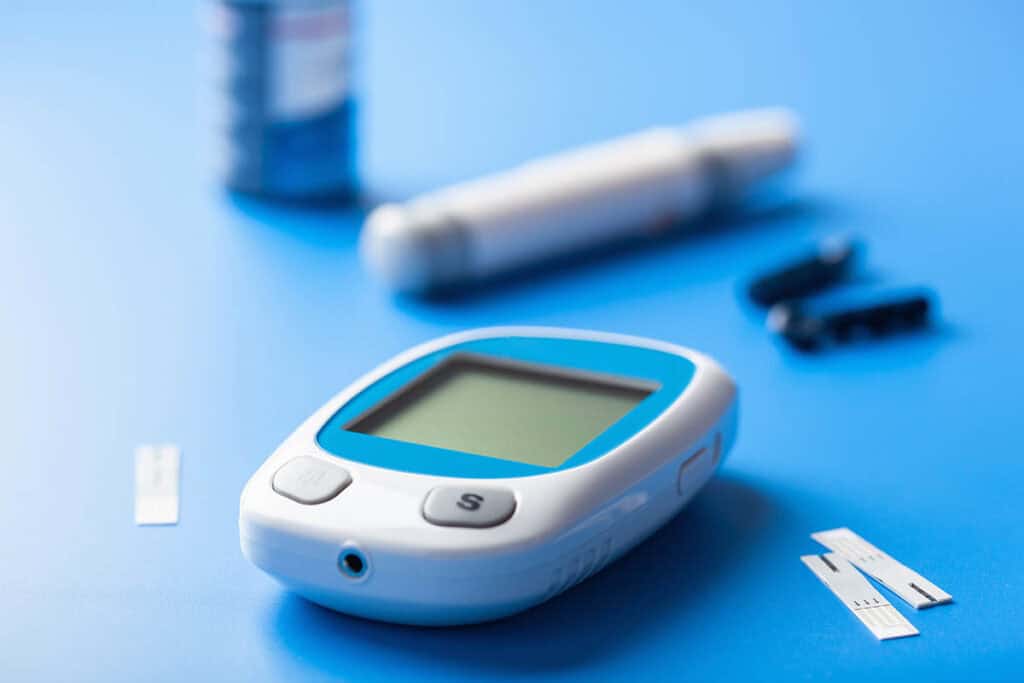While type 1 and type 2 diabetes are widely known, fewer people are familiar with pituitary diabetes, also called diabetes insipidus. This rare condition, unlike traditional diabetes, primarily affects the body’s ability to balance water, not blood sugar. Let’s explore the causes, symptoms, and treatment of pituitary diabetes to better understand this unique health issue.
Get expert care for pituitary issues at diabetes treatment Queens NY.

What Is Pituitary Diabetes?
Pituitary diabetes, or diabetes insipidus, is a condition marked by the body’s inability to conserve water due to issues with the hormone vasopressin. Produced by the pituitary gland, vasopressin helps the kidneys retain water and maintain the body’s water balance. In people with pituitary diabetes, low levels of vasopressin or a failure of the kidneys to respond to it results in excessive urine output and an increased risk of dehydration.
What Causes Pituitary Diabetes?
Several factors can lead to the development of pituitary diabetes, including:
- Pituitary Gland Tumors: Tumors in or around the pituitary gland can block the production and release of vasopressin.
- Head Trauma: Injuries to the brain, especially those affecting the hypothalamus or pituitary gland, can disrupt hormone regulation.
- Surgical Procedures: Brain surgeries, particularly those near the pituitary gland, may damage hormone-producing structures.
- Infections: Conditions such as meningitis or encephalitis can cause inflammation that affects the pituitary gland’s functionality.
- Genetic Factors: In rare cases, the condition can be inherited, leading to congenital issues with vasopressin production.
Symptoms of Pituitary Diabetes
The hallmark symptoms of pituitary diabetes include:
- Excessive Thirst (Polydipsia): Intense thirst, even with significant fluid intake.
- Frequent Urination (Polyuria): Urinating large amounts frequently, including at night.
- Dehydration: Despite constant hydration, the body can lose more water than it retains, leading to dehydration.
- Fatigue and Weakness: Dehydration often results in feelings of exhaustion and general weakness.
How Is Pituitary Diabetes Diagnosed?
Diagnosing pituitary diabetes involves several diagnostic tools:
- Blood Tests: These check the levels of vasopressin and electrolytes in the bloodstream.
- Urine Tests: Tests measure the concentration of urine to assess the kidneys’ ability to retain water.
- Water Deprivation Test: This measures the body’s ability to conserve water by restricting fluid intake and monitoring the results.
- Imaging Scans: MRI or CT scans help detect abnormalities or tumors in the pituitary gland.
Treatment Options for Pituitary Diabetes
Managing pituitary diabetes involves replacing missing hormones and addressing the underlying cause. Treatment options include:
- Desmopressin: A synthetic form of vasopressin, available in oral, nasal, or injectable forms, helps the kidneys conserve water.
- Surgery: If a tumor is responsible for the condition, surgical removal may be required.
- Radiation Therapy: Tumors that cannot be surgically removed may be treated with radiation to reduce their size and impact.
- Medications: Additional medications may be prescribed to address related symptoms or underlying causes.
Living with Pituitary Diabetes: What to Expect
Managing pituitary diabetes involves lifestyle adjustments and careful monitoring. Key recommendations for living with this condition include:
- Monitoring Fluid Intake: Balance is critical, so tracking how much fluid is consumed and how much urine is produced helps prevent dehydration.
- Adherence to Medication: Consistently taking prescribed medications, like desmopressin, is essential for symptom control.
- Monitoring Electrolytes: Regular blood tests ensure electrolyte levels remain stable.
- Ongoing Medical Care: Regular checkups with healthcare providers help manage and adjust treatment as necessary.
With effective treatment and careful management, individuals with pituitary diabetes can lead fulfilling, active lives. While this condition differs from more common forms of diabetes, understanding it allows for a more tailored approach to care and treatment.